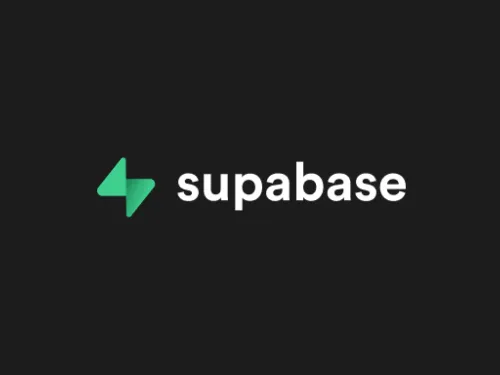
In a move that is redefining the rules of technological development, Supabase has just raised $200 million in a funding round led by Felicis Ventures, reaching a valuation of $2 billion. This milestone occurs only seven months after its last fundraising and reflects not only the success of the open-source database platform but also the rise of a phenomenon called "vibe coding" — a methodology that is transforming the way software is built.
What Is "Vibe Coding"?
"Vibe coding" (or "vibration programming," in a free translation) emerged as a dominant trend in 2025, driven by advances in language models such as Claude 3.7 Sonnet and GPT-4.1. Described by OpenAI co-founder Andrej Karpathy as "fully surrendering to the vibes and forgetting that code exists," the technique allows developers — and even non-programmers — to create applications by describing functionalities in natural language, while AI tools automatically generate the code.
This approach democratizes software development:
- Accelerated productivity: Startups are building MVPs (minimum viable products) in hours, not weeks.
- Expanded access: Individuals without deep technical knowledge can prototype ideas.
- Fluid collaboration: Developers review and adjust AI-generated code instead of writing it from scratch.
In the case of Supabase, the platform has become the preferred infrastructure for projects based on "vibe coding." Its managed PostgreSQL database offers a streamlined experience, seamlessly integrating with tools like Replit Agent and Cursor, which convert textual prompts into functional applications.
Supabase: From New Zealand to the World
Founded in 2020 in New Zealand by Paul Copplestone, Supabase quickly captured the attention of developers by combining the robustness of PostgreSQL with a facilitation layer inspired by Google's Firebase. Its growth has been exponential:
- A community of 1.7 million developers.
- Over 81,000 stars on GitHub.
- Adoption by companies like Nubank and PayPal.
The key to its success lies in the synergy with "vibe coding." Platforms like Lovable and Bolt allow users to describe applications with phrases like "create a metrics dashboard with Google authentication and cloud storage," automatically generating React frontends and backends connected to Supabase. This integration has reduced development time from weeks to days, attracting everyone from Y Combinator startups to large corporations.
Impacts and Challenges of the New Era
The rise of "vibe coding" has profound implications:
- Technological democratization: In 2025, 25% of Y Combinator startups already use AI to generate 95% of their code.
- Shift in skills: Developers are becoming "prompt architects," focusing on business logic instead of syntax.
- Emerging risks: AI-generated code can introduce vulnerabilities or technical debt if not reviewed.
Copplestone himself highlights that Supabase has been optimized for this new paradigm, offering tools like:
- AI-optimized storage: Compatible with vectors for machine learning apps.
- Automatic scalability: Adjusts resources according to demand, ideal for prototypes that go viral.
- Integration with the "vibe" ecosystem: Ready APIs for authentication, storage, and analytics.
The Future of Programming
Analysts predict that by 2027, 40% of code in production will be generated by AI. Tools like Supabase are at the forefront of this transition, allowing companies to scale from early stages to millions of users without rewriting systems. However, experts warn of the need for balance:
- AI governance: Establish standards for reviewing automated code.
- Continuous education: Developers need to deeply understand the logic behind generated code.
- Enhanced security: Static verification tools adapted for AI auditing.
Meanwhile, Supabase is already planning to expand its ecosystem with real-time analytics services and support for decentralized applications, consolidating itself as the "backbone" of the next generation of AI-driven software.
Conclusion
Supabase's success is not just a case study in startup growth — it is a reflection of how "vibe coding" is redefining the relationship between humans and machines in technological creation. As AI matures, companies that integrate flexibility, security, and robust communities (like Supabase's 1.7 million developers) will lead the next wave of innovation. For developers, the message is clear: adapting is not an option but a necessity in the era of "vibes" programming.
Add new comment